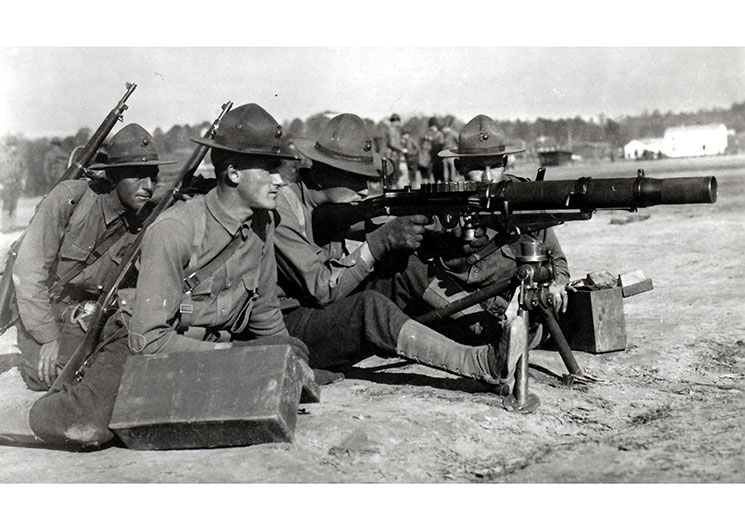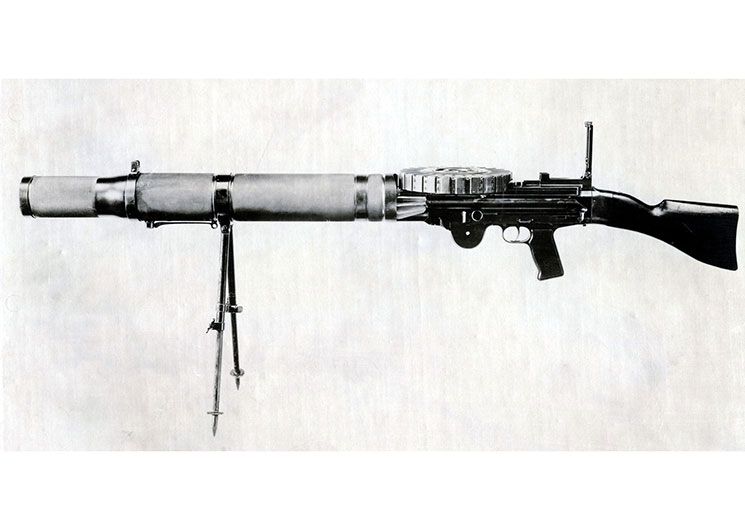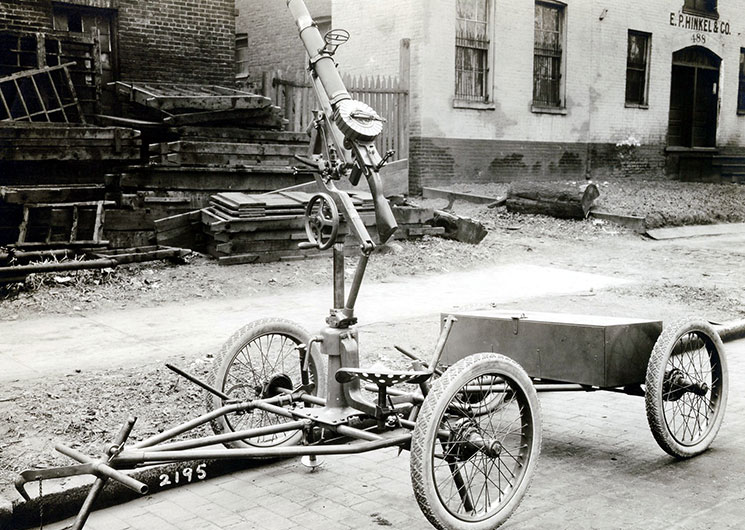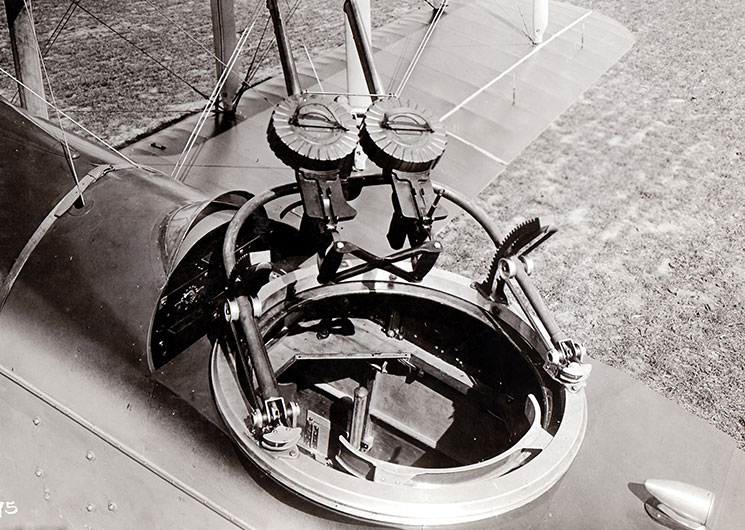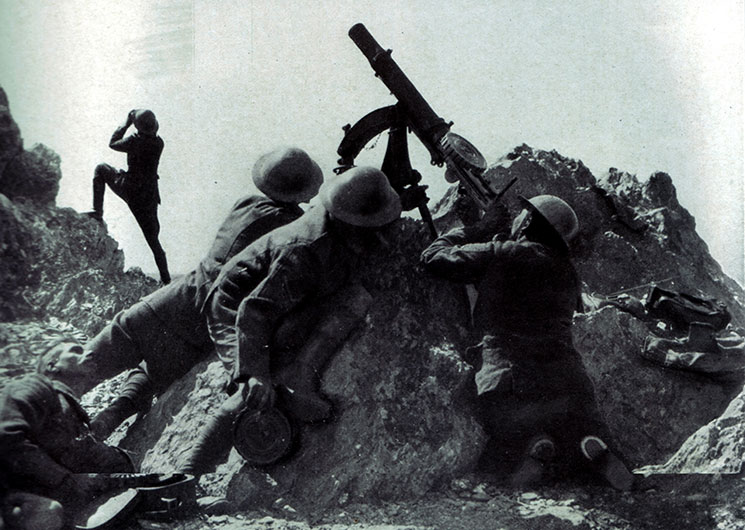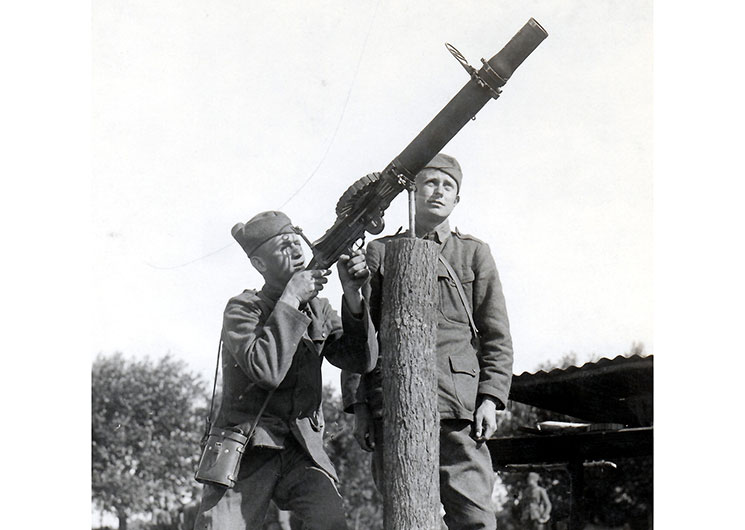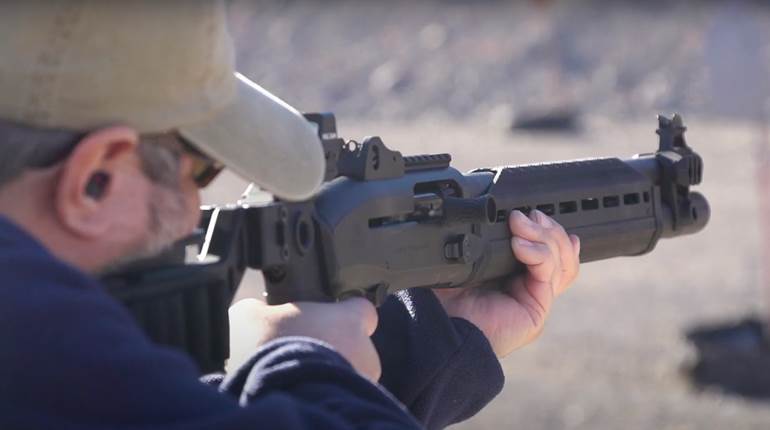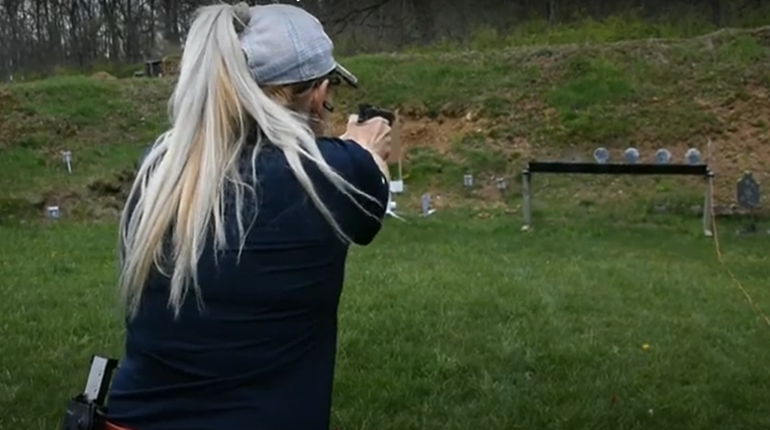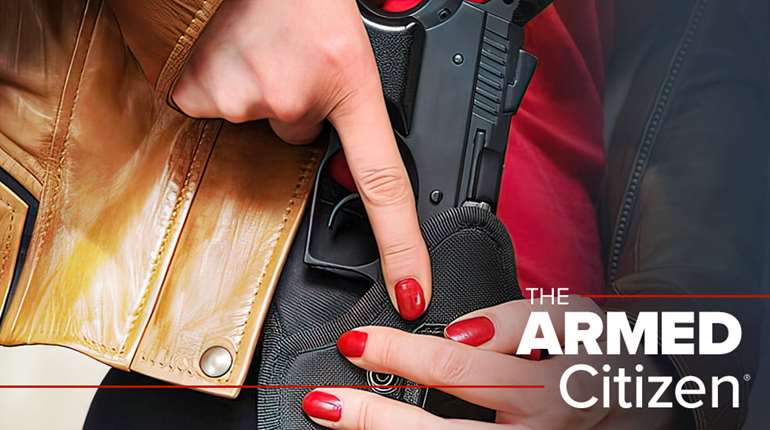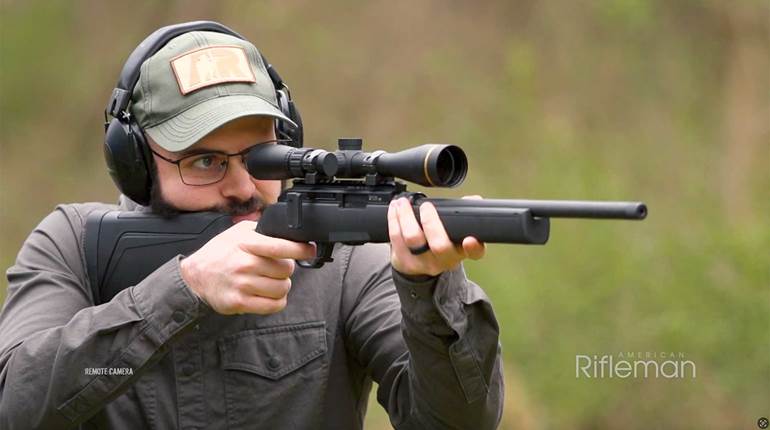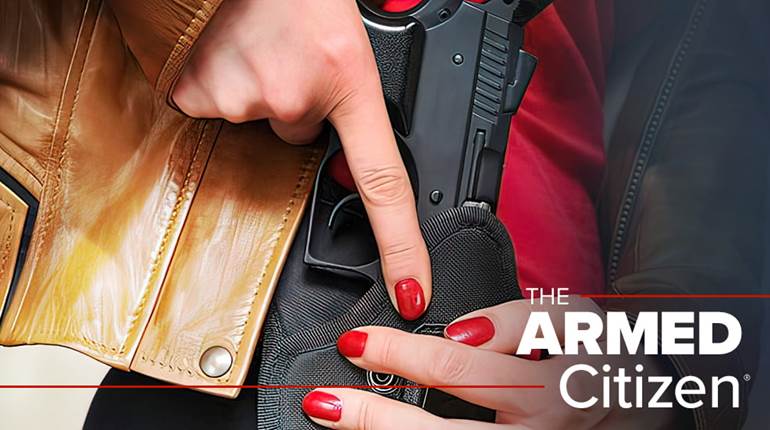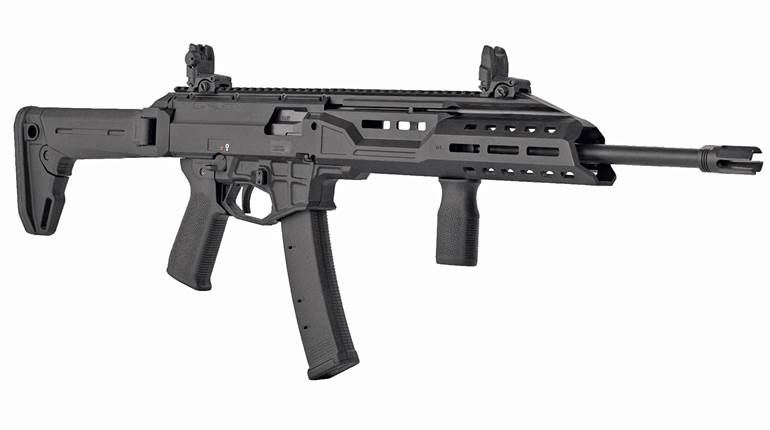The Lewis Gun was highly prized during World War I for its portability and flexibility as either an infantry, aircraft or anti-aircraft gun. Despite its popularity, there were very few mounts specifically designed (or adopted) for the Lewis for infantry use. One of the most commonly seen is the tripod adapter for the British Mk IV Vickers tripod. The same is true of anti-aircraft mounts for the Lewis, and many of these were improvised, using a wooden post or wagon wheel on a post.
In the course of my photographic research I occasionally find images of rare or unique firearms, or strange field modifications or some previously unknown (or barely known) accessory. Inevitably there is no documentation or even a caption with an image like that, further compounding the mystery. Sadly, that is the case here. About a year ago I found this 16 mm film footage showing a World War I-era demonstration of a Lewis gun mount that includes a unique periscope sight. I knew what I was looking at in general terms, but have no clue of the specific model or the manufacturer.
In American Rifleman’s predecessor Arms & The Man, Volume 63 (Oct. 6, 1917) there was an article on the Cameron-Yaggi “Sightascope” (periscope sight). While intended for the standard M1903 Springfield service rifle, the article claimed the Cameron-Yaggi periscope sight could also be attached to light machine guns, such as the Lewis But this is not not the same device as the Cameron-Yaggi. American Rifleman’s Mark Keefe reminded me that there is an example of a Lewis Gun with a periscope sight on display at the Canadian War Museum. I would suspect that the mount shown in the film clip was a competitive design, probably arriving a little too late or at too high a price point to find an interested buyer among the cash-strapped Allied nations.
Gallery
